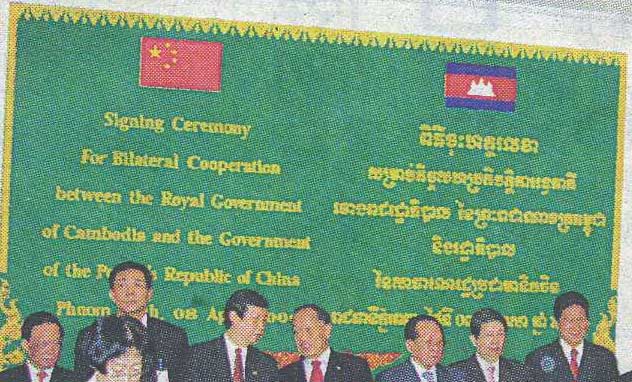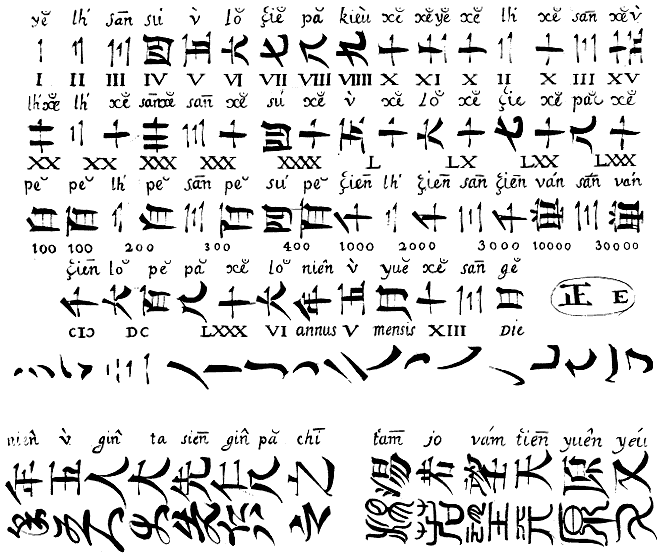Mark Liberman of Language Log has just added another to the series of Victor H. Mair’s guest posts on English in China. This one features an interesting news photo from the ceremony for the signing of an agreement between China and Cambodia.
And I wonder what language the agreement is in.
As Mair, who is also an occasional contributer to Pinyin Info, wrote in his initial post:
Judging from all that I have seen and heard during the last couple of years, however, it is apparent that the role of English in China will continue to grow at an exponential rate. The implications of this massive expansion of English in China will inevitably have a corresponding impact upon local language usage. In fact, the profound effects of the current surge in English usage upon Mandarin and other Chinese languages is already obvious in many respects.
sources:
- Zhōngguó Wénwù Bào (中國文物報, China Cultural Relics News), April 12, 2006, p. 1
- English as a Quasi-Official Language of China. Language Log, November 21, 2006
- English in China, Language Log, October 25, 2006




